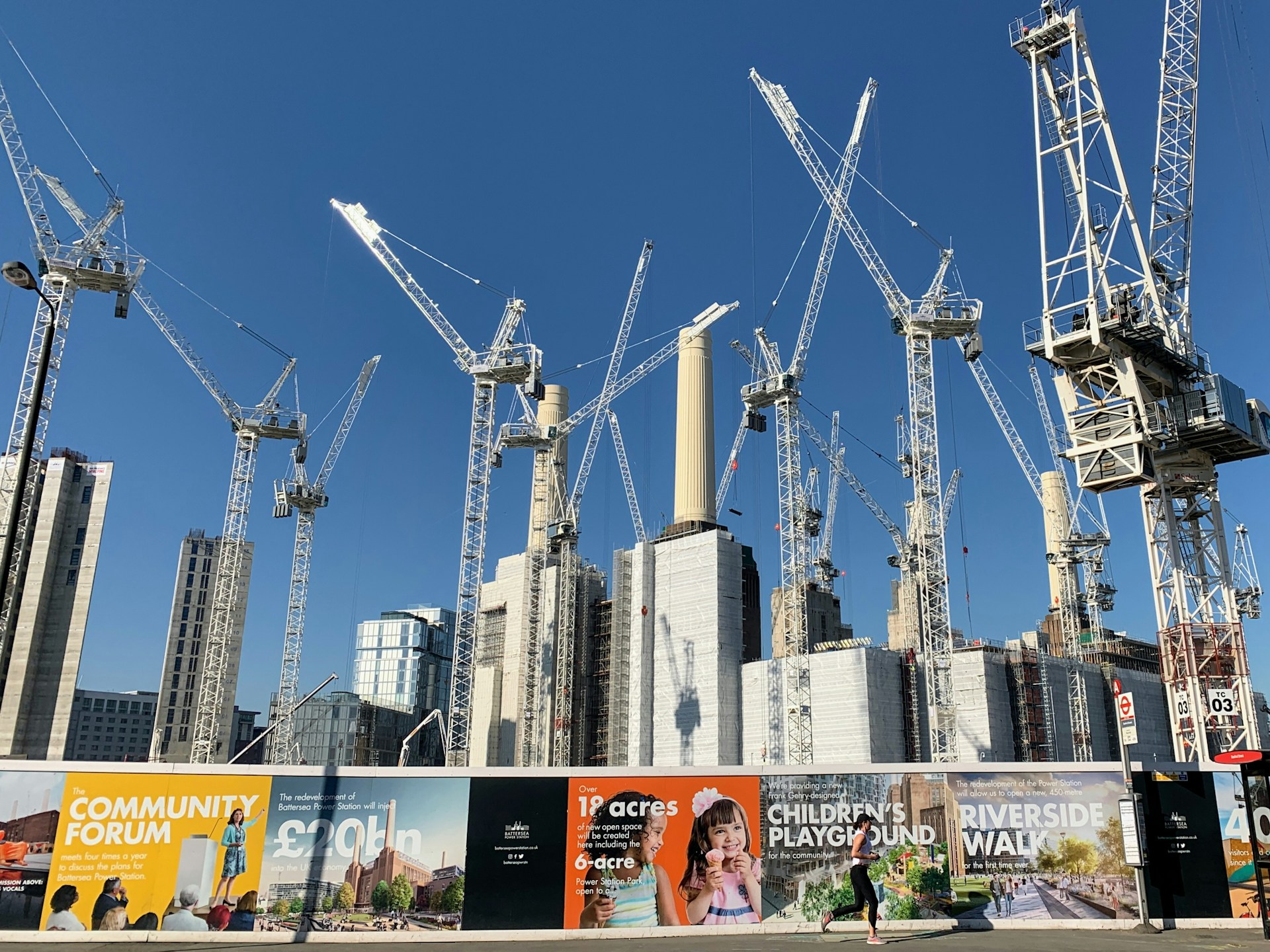My (approximate) work-related carbon footprint for the third year of business

As a freelancer my carbon footprint counts towards the Scope 3 emissions of every company I work with.
I’ve just completed my third year of business and have compiled my work-related emissions for the year October 2023-October 2024.
It’s important to do this to understand my impact and set targets for reducing it.
Reporting is also something I recommend to others, and it’s something I think all freelancers and businesses need to think about more – maybe this will spark some interest and get others doing the same.
My energy usage at home and how much relates to work
I work from home most of the time, so the carbon generated from my energy usage at home needs to be measured.
Total gas and electric usage in my third full year of business (31st October 2023 – 1st November 2024):
- Gas – 1,708 kWh (from June 2024, did not have gas before moving at the very end of May)
- Electricity – 3,696 kWh (31st October 2023 2023 – 1st November 2024)
Average working time each week = 45 hours (26.78% of each week). That means I used the following approximate average amount of power while working from home (31st October 2023 – 1st November 2024):
- Gas – 457 kWh
- Electricity – 990 kWh
However, I am on Octopus which uses a 100% renewable energy mix and their data shows I have in fact saved 998kg CO2 from entering the atmosphere since becoming a customer 18 months ago.
Transport
The other big area of emissions for me is transport. While I work from home, I do travel to see clients, visit sites, attend networking events etc which will all add to my footprint.
Car
I got a car in 2023 for personal use for the first time in over a decade. It’s a small hatchback and I did the following approximate number of work related miles between October 2023 and November 2024:
- 1,330 miles / 2,140 km
My car emits 130g of CO2 per km which gives a total of:
- 278.2 kg CO2
(I can’t seem to find the embodied emissions that went into the making of the car, and am also unsure how to count them, or whether they even should be counted?
It seems hard to judge because I have it leased for a total of three years, but have no idea how long it will be used after that. It could run for another 20 years or more with the right care, which would put the average CO2e per year at a much lower level than simply dividing a total by three.
I will continue to think on this, but for now won’t count it. However, please be aware I am not dismissing the embodied emissions of the car!)
Public transport
I also use public transport a lot for work. Where the car is for longer client trips (I.e. to Lancashire, the Midlands) I use the train and the bus to Manchester and Stockport. In my third full year of business, I travelled these approximate distances:
- Train – 714.4 km
- Bus – 129.6 km
Using data from Northern Rail and Transport for Greater Manchester/Bee Network, that works out to:
- Train – 29.29 kg CO2 (41 grams/km)
- Bus – 5.70 kg CO2 (44 grams/km)
Total
That gives total approximate emissions for work-related transport 31st October 2023 – 1st November 2024 of:
- 313.19 kg CO2
Conclusions
Clearly travelling by car is a much more carbon intensive choice, but the cost of the railways makes it prohibitive sometimes. Running a small business makes it tough/impossible to go for the £300 return rail option on longer journeys.
However, my car usage for work related tasks has dropped off in the last few months and many of the meetings have been replaced by video calls.
I intend to carry that trend on in my fourth year of business and beyond. Ideally, the government will intervene on rail costs to make my car redundant for work purposes.
In a more likely scenario, the government does not do this. My current lease runs to July 2026 so I will reassess car use then and continue to try and limit it in the meantime.
Equipment and tech
I run a very light operation and only use my laptop and phone for work. Writing for a living means a lot of time in front of the screen, but not much else is needed.
My current set up is also not new. I am a fan of using things for as long as possible:
- Laptop (Microsoft) – 6 years old
- Mobile phone (One Plus) – 4 years old
The carbon used to make those things is:
- Laptop – 181kg
- Mobile phone – 77.6kg
So amortised over the lifetime of the products, my work gear accounted for the following approximate amounts of carbon in my third year of business:
- Laptop – 30kg
- Mobile phone – 19.4kg
The longer I keep these, the lower their average annual carbon impact will be. Those emissions are already baked in, so I will keep looking after them to ensure those embodied emissions go as far as possible.
The future, some commitments
Part of the point of carbon reporting is to make commitments and plans to reduce impact in the year ahead.
There’s nothing really to reduce carbon emissions-wise with my energy usage thanks to Octopus’s 100% renewable mix. However, cutting energy usage is a goal in itself so I will continue to do that.
Regarding transport, I will continue to use public transport where possible and use the car less.
In year three the proportions of my total work related transport usage were:
- Car – 71.7%
- Public transport – 28.3%
I am aiming for the overall transport to drop, and for the proportions to be as follows by the end of my fourth year in business:
- Car – 40%
- Public transport – 60%
If I can do that, it will be a major material reduction in my carbon emissions. Therefore, a big cut in the Scope 3 emissions I pass on to clients.
With tech, I’m planning to use the laptop and mobile phone for as long as possible. When time comes to replace (if it does this year) I will find a way to get them recycled and replace with refurbished products.
The only other thing I am considered is researching a Fair Phone with its decade of support and replaceable parts to extend lifespan.




.png)


